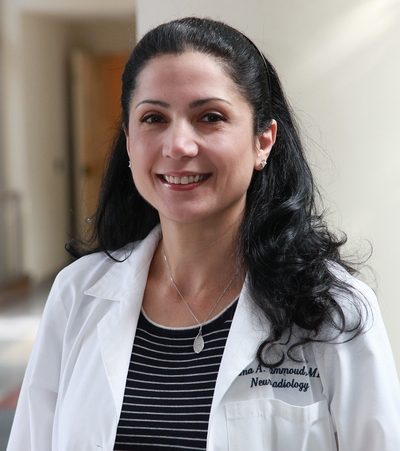
Research Interests
The Hammoud lab focuses on the development of preclinical, translational, and clinical molecular imaging applications to improve the understanding of the pathophysiology of infection and to provide reliable imaging biomarkers of infectious diseases. Current research in the laboratory focuses on understanding the pathophysiology of HIV in the brain and periphery, and on the development and validation of novel fungal infection-specific imaging biomarkers in animal models and patients, using non-invasive molecular imaging techniques, mainly positron emission tomography (PET). Another interest of the lab is molecular imaging of high-consequence viral infections such as Ebola, Nipah and Lassa viruses, in collaboration with the NIAID Integrated Research Facility (IRF), a biosafety level (BSL)-2 to BSL-4 biomedical research facility based in Fort Detrick, Maryland.

Sanjay K. Jain, MD
Johns Hopkins University School of Medicine; Baltimore, MD
Research Interests
The Jain laboratory focuses on studying the pathogenesis of bacterial diseases, with a major focus on tuberculosis (TB). Dr. Jain directs a core molecular imaging facility – Center for Infection and Inflammation Imaging Research (Ci3R) –with capacity for PET, SPECT, CT and ultrasound imaging of infected animals.
The goals are to develop novel methods to better understand, diagnose, treat, and prevent infections in humans. We have also developed imaging techniques to noninvasively determine antimicrobial penetration into infected lesions, and understand lesions-specific host-responses. These data will help in the development of better antimicrobial treatments by optimizing drug-concentrations in infected tissues, and the use of host-directed therapies.
We have developed or utilize several small animal models (mice, rabbits, etc.) – pulmonary and cavitary TB, TB meningitis, and several murine models for pyogenic bacteria. Finally, we also translate our preclinical findings to the clinic and are testing some novel imaging tracers developed in our laboratory in human studies.

Research Interests:
The primary aim of the James Lab is to improve the diagnosis and treatment of brain diseases by developing translational molecular imaging agents for visualizing neuroimmune interactions underlying conditions such as Alzheimer’s disease, multiple sclerosis, and stroke. We are researching how the brain and its resident immune cells interact with the peripheral immune system at very early, through to late, stages of disease. Our approach involves the discovery and characterization of clinically relevant immune cell biomarkers, followed by the design of imaging agents specifically targeting these biomarkers. After preclinical validation, we translate promising imaging probes to the clinic to enable precision targeting of immunomodulatory therapeutics and real-time monitoring of treatment response.
